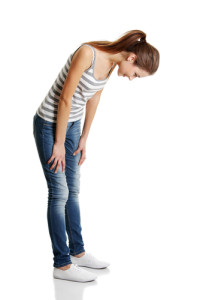 Are you wondering why you have athlete’s foot? If so, you’re certainly not alone. On any given day, thousands of individuals are looking for the same answer.
Are you wondering why you have athlete’s foot? If so, you’re certainly not alone. On any given day, thousands of individuals are looking for the same answer.
There are a few reasons why you might have tinea pedis, the medical term for this condition. Here is a brief rundown of the fungus that causes it and how you come in contact with it.
Common Fungi Types
The two types of fungus most commonly associated with athlete’s foot are trichophyton mentagrophytes and trichophyton rubrum. The first typically causes a blister-like infection, usually located between the toes. It appears quickly and is quite severe. However, it is easy to treat.
The symptoms of the second fungus don’t appear as quickly. At first, you’ll probably notice dry (scaly) skin and itching or burning. This progresses into cracked peeling skin. In the most severe cases, toenails can be affected as well. This type of fungal infection is more difficult to treat and longer lasting.
Going Barefoot
Many individuals get athlete’s foot in public areas such as pools or locker rooms. Stepping in the same place that a person with tinea pedis has already stepped is one way to transport the infection home with you, without you even knowing it.
The best way to prevent this is to wear flip-flops in these areas. Not only does it help to prevent you from getting the skin condition, it also protects your feet from other injuries.
If you enjoy going without shoes, at home, always keep your feet as dry as possible. Fungus grows best in (warm) damp places. So, any time it’s damp between your toes, it’s an invitation for fungus to thrive.
Susceptibility
Unfortunately, some people are more susceptible to getting athlete’s foot than others. There is no substantial reason.
If you deal with re-occurring instances of tenia pedis, it’s extremely important that you take excellent care of your feet. You may also want to consult your physician. The more proactive you are in fending off this uncomfortable skin condition, the less likely you’ll have to deal with it again.
Remember, there’s no need to panic. Learning the facts about athlete’s foot is the first step on the road to successful treatment, whether you administer it yourself or seek professional assistance.


